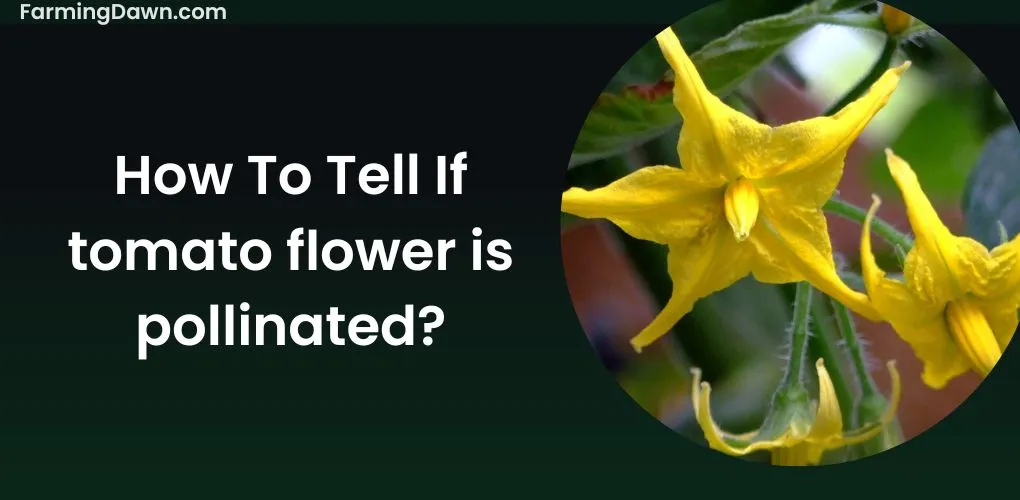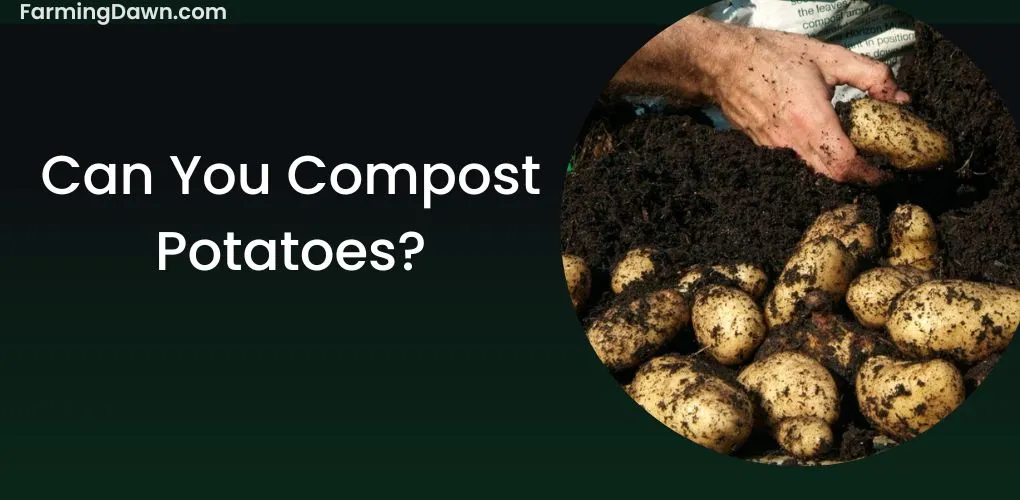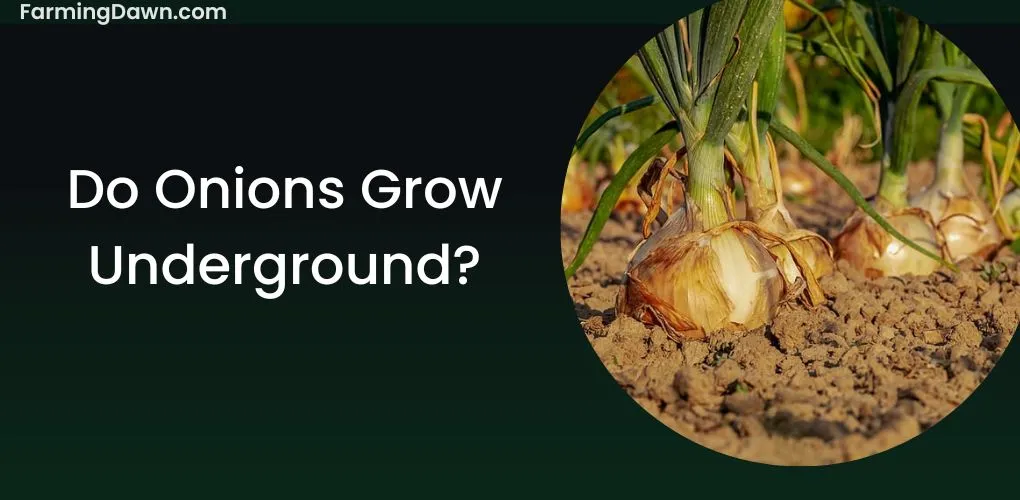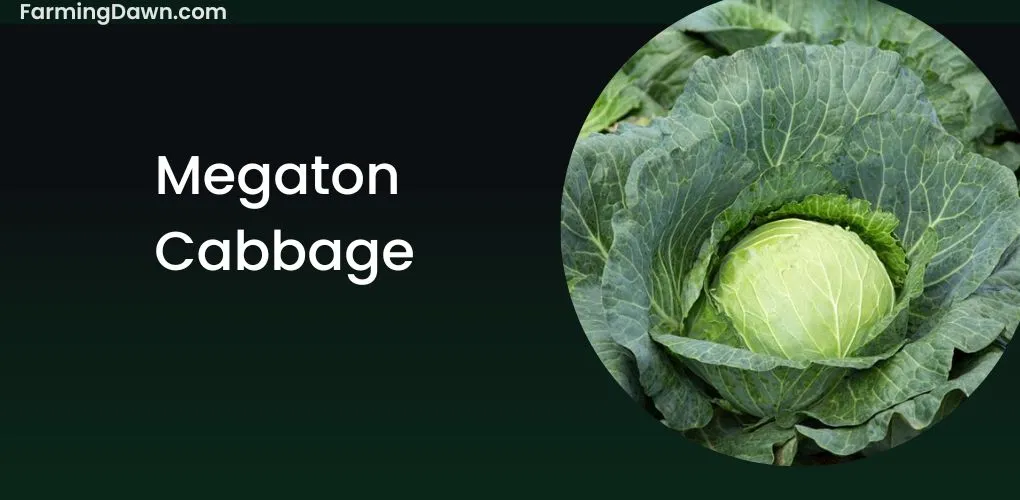Gardening is a fulfilling activity that can bring joy to any home. As an eco-friendly, sustainable gardener, I’m always looking for ways to get the most out of my plants. Pruning tomatoes is one of the best strategies for ensuring maximum yield, and I’m here to share my knowledge with you!
This ancient practice has been around since time immemorial and can help your tomato plants reach their full potential. In this article, you’ll learn why pruning tomatoes is essential, which varieties require it when to do it, and how to prune tomato plants (including different methods).
Plus, mistakes to avoid along the way and how to care for tomato plants after pruning. Get ready to take your garden game up a notch!
Why You Should Prune Tomatoes?
Pruning is a great way to ensure that your tomato plants are healthy and productive while also being eco-friendly and sustainable. By taking the time to properly prune your tomato plants you can maximize their yield while also helping to protect the environment.
As an organic gardener, I’m always passionate about pruning tomatoes for improved airflow and less disease, enhanced fruit production, earlier ripening, better sunlight penetration, and managed plant size and structure. Let’s discuss these points in detail.
For Improved Airflow And Less Disease
You can help ensure better air flow and reduce the chance of disease by carefully trimming your plants. When pruning tomatoes, you should focus on removing any dead or diseased branches, as well as any branches that are growing too close together.
This will help to improve airflow around the plant and reduce the risk of fungal diseases such as blight.
For Enhanced Fruit Production
Not only does trimming your plants ensure better airflow and reduce the chance of disease, but it can also drastically enhance fruit production!
Utilizing a simile to emphasize the point, pruning is like giving your tomatoes a haircut; snipping off excess branches allows more sunlight and nutrients to reach the remaining foliage, leading to bigger, juicier tomatoes. This will encourage lateral growth which will produce more flowers and fruits.

For Earlier Ripening
Give your tomatoes a jumpstart and get them ripening earlier by pruning – it’s a piece of cake! Pruning is one of the best ways to enhance the yield and quality of tomatoes. If you are growing your tomatoes in containers or small spaces, then you should focus on trimming only the lower branches closest to the soil for earlier ripening.
For Better Sunlight Penetration
To make sure your tomatoes reach their full potential, be sure to provide them with ample sunlight and air circulation. Pruning is an important part of ensuring that the sun can penetrate to every part of the plant.
Pruning helps prevent overcrowding and allows more light to reach all parts of the plant which can result in a better yield.
For Managed Plant Size And Structure
To maximize the yield of your tomato plants, it’s important to manage their size and structure. Pruning your tomato plants is a great way to do this, and can be done in a sustainable fashion.
Grow grape tomatoes, heirloom tomatoes such as Black Cherokee tomatoes, and bushier varieties of tomato plants all require pruning for appropriate size and structure.
Which Tomatoes Need Pruning?
In this section, I will discuss the important distinction between determinate and indeterminate tomatoes when it comes to pruning.
Determinate tomatoes, commonly referred to as bush tomatoes, are varieties that have a predetermined height and will only produce fruit once.
Indeterminate or vine tomatoes, on the other hand, will continue to grow and produce fruit until frost or disease sets in.
Knowing whether your tomato plants are determinate or indeterminate is key for proper pruning and achieving maximum yields from your organic garden.
See more: How To Prune Tomato Plants Variegated Vs Non Variegated?
Determinate Vs. Indeterminate Tomatoes For Pruning
Now, you’re likely familiar with the terms determinate and indeterminate, but do you know which type of tomatoes you should be growing if you want to get the most out of your gardening efforts?
Growing determinate tomatoes is ideal for those looking to learn how to prune tomato plants for maximum yield. Determinate varieties tend to produce their fruit all at once, so pruning them is necessary in order to ensure that all fruits can ripen fully and receive adequate nutrition.
On the other hand, indeterminate tomatoes keep growing and producing fruit until they are killed by frost. Pruning these plants will help keep them under control and reduce the risk of disease or pest infestation.
When it comes to specific types of tomato plants, like Roma or San Marzano varieties, learning how to prune suckers from tomato plants is key to achieving healthy growth and optimum yields.

When To Prune Tomato Plants?
When it comes to pruning tomatoes, timing is everything. Here, we will discuss the pruning of tomato plants at different times and discuss their benefits. All these practices work together to promote an eco-friendly, organic, and sustainable gardening environment.
Prune At Planting
Pruning at planting time can help your crop reach its full potential! By pruning your tomato plants when you first plant them, you’ll be able to ensure that they get off to a strong and healthy start.
Also, it’s important to know how best to prune for your specific type of tomatoes: hydroponic, indoor, patio, or winter varieties may require different techniques. With the right tips on how to prune tomato plants for maximum yield, you’ll be able to enjoy a bumper harvest!
Prune At Early Season
Once your tomato plants have established themselves, it’s time to prune them again for optimal growth and an even bigger harvest! Pruning at this stage will help promote a strong root system and continued success.
If you are growing Sungold tomatoes, be careful not to prune too much off or else you may reduce their sweetness levels. When growing in cages or trellises, make sure to pinch off excess shoots so they don’t become overcrowded.
Lastly for plum tomatoes, pruning during early/mid-season will help encourage new foliage growth which will lead to a larger fall harvest come late summer!
Prune At Late Season
Pruning in the late season maximizes yield and keeps your tomatoes healthy. To do this, determine which branches need to be trimmed back in order to create an open-centered canopy. This will allow light and air to reach the fruits on the inner branches while also encouraging new growth. Be sure not to over-prune as this can weaken the plant and reduce yields.
How To Prune Tomato Plants?
In my garden, I use a variety of pruning methods for increased yield and better plant growth. Simple pruning, Missouri pruning, suckering method, single-stem pruning, and Florida weave method are some of the most popular ones. Each technique has its own advantages and disadvantages which I’ll discuss in more detail below.

Simple Pruning
You can help your plants reach their full potential by giving them a quick trim – it’s an easy way to get the most out of your garden! Simple pruning is an organic and sustainable method of tomato plant care that involves removing any damaged or dead leaves, stems, or branches.
Doing this helps to encourage healthy new growth and better air circulation, thus providing a stronger base for the tomato plants to achieve maximum yield.
Missouri Pruning
Taking pruning to the next level, Missouri Pruning is a technique that maximizes a tomato plant’s potential for an even bigger harvest. By judiciously removing some of the side shoots and concentrating on one main stem, it encourages faster growth and more robust branches.
This eco-friendly, organic approach helps enhance photosynthesis while controlling its size and shape; allowing gardeners to optimize their yields without using any artificial fertilizers or chemicals.
Suckering Method
Experience the bounty of your garden with the suckering method, a simple yet effective way to ensure your plants reach their full potential. Remove any lateral shoots at the base of the trunk and on nearby branches.
This will allow your tomato plant to focus on producing one main stem rather than multiple branches, so you can enjoy larger yields from fewer fruits. The suckering method is an organic approach that requires no additional chemicals or fertilizers – just a little bit of pruning and cares for your plants!
Single-Stem Pruning
Single stem pruning involves removing all side shoots off a tomato plant and leaving only one stem. Doing so encourages growth both upwards and outwards as the energy is directed to one main stem. This technique allows for better air circulation which helps in preventing diseases from spreading throughout the plant.
Also, this pruning method provides more sun exposure for each tomato as they grow on branches along the single main stem.
Florida Weave Method
Try out the Florida Weave Method to give your garden some extra love and get a bountiful harvest! By weaving the tomato stems through a trellis or stake, you will provide support for the plants as they grow and produce more fruit.
The technique also encourages air circulation around the plants, reducing fungal diseases that can reduce your crop. Prune off any side shoots that appear between the main stems to ensure more energy goes into producing larger tomatoes.
After harvesting, cut back all stems to two or three feet in height to keep your garden tidy until next season’s planting.
Mistakes to Avoid During Tomato Pruning
Now that you know how to prune tomato plants, let’s discuss some mistakes that I made and many other gardeners make during the pruning process and how to avoid them.
Pruning Too Early
Pruning too soon can have a detrimental effect on your harvest, so it’s important to get the timing right. While it may be tempting to rush ahead and prune early in the season, this is not recommended for organic and sustainable tomato plants.
Pruning too soon reduces the plant’s ability to produce flowers and fruit later in the season, resulting in reduced yields. In addition, pruning before the plant has had time to fully mature can put additional stress on the plant, making it more susceptible to disease or other environmental factors.
To ensure maximum yield from your tomato plants, wait until late spring or early summer when they are fully matured before you begin pruning.
Cutting Too Close To The Main Stem
Cutting too close to the main stem can be like cutting off your nose to spite your face – it’s not worth sacrificing long-term health for short-term gain. Pruning tomato plants correctly is essential for maintaining their health and promoting maximum yield. To do this, you should avoid excessive pruning of leaves, as well as cutting too close to the main stem.
This can disrupt the plant’s vascular system and limit its ability to reach its full growth potential. Instead, focus on removing dead or diseased branches or stems, while leaving healthy ones intact.
Pruning During Hot, Sunny Periods
Avoid pruning during hot, sunny periods as it can stress your plants and potentially reduce their yield. Instead, focus on pruning during cooler times of the day such as early morning or late evening when the sun is not at its strongest.
Pruning while it’s still cool outside also helps to reduce water stress and increases photosynthesis efficiency by allowing more sunlight to reach the leaves. You can also use organic fertilizer in order to provide essential nutrients for a stronger root system that will help promote healthier growth.
Neglecting To Disinfect Pruning Tools
Failing to disinfect pruning tools can spread plant diseases, so don’t forget to give them a quick clean with an organic solution before you get snipping! This is essential for maintaining a healthy garden and will help ensure maximum yield from your tomato plants.
Store-bought cleaning agents may contain harsh chemicals that can damage the plant, so look for eco-friendly options such as diluted vinegar or natural rubbing alcohol. Regularly cleaning your pruners should be part of any sustainable gardening routine.
Removing Too Many Flowers Or Fruit-bearing Branches
Removing too many flowers or fruit-bearing branches can leave plants stunted and unable to reach their full potential, so it’s important to exercise caution when pruning. For instance, an inexperienced gardener might accidentally remove the main stem of a tomato plant while trying to shape it, preventing the plant from reaching its maturity.
The best approach is to thin out the foliage and lightly prune just enough of the flowers and fruits in order to promote healthy growth without compromising potential yield.
By utilizing organic methods that respect nature’s balance, gardeners can maximize their yields while also preserving the health of their tomato plants for years to come.
Pruning Unevenly
Uneven pruning can have a detrimental effect on plants, leading to stunted growth and decreased yields. To prevent this from happening, take extra care when pruning tomato plants. Make sure you trim in a balanced manner, removing excess growth in an even fashion from all parts of the plant.
It’s also beneficial to use organic gardening practices whenever possible; this includes natural pest control methods such as companion planting and using mulch around the base of your tomato plants.
Pruning Determinate Tomato Plants
It is important to take a methodical approach when trimming determinate tomato plants in order to ensure optimal growth and productivity. As discussed, determinate tomato plants have a preset growth pattern.
Therefore, it is not advised to do heavy pruning, just begin by removing any dead or diseased branches, as well as any low-lying branches that may be preventing light from reaching the top of the plant.
How To Care For Tomato Plants Prune After Pruning?
Once you’ve finished pruning, it’s time to take care of your tomatoes so they can produce the best results.
1) After pruning, water the plants regularly and deeply but do not overwater them.
2) Provide plenty of sunlight by keeping the tomato plants in an area that receives at least 6-8 hours of direct sunlight per day.
3) To keep away pests and diseases, use natural methods such as mulching with straw or shredded leaves and encouraging beneficial insects like ladybugs and lacewings that feed on aphids or other harmful insects.
4) Fertilize your tomato plants periodically throughout the growing season with organic fertilizer for optimal growth and yields.
Frequently Asked Questions Related To Tomatoes Pruning
How Much Leaves To Prune Off Tomato Plants?
To maintain a healthy balance between the production of foliage and fruit, only remove up to one-third of the leaves from tomato plants.
What Are The Parts Of Tomato Plants That Can Be Pruned?
The suckers (a few shoots that appear in between the main stem and branches of tomato plants) and any broken or diseased branches or leaves are the parts of tomato plants that can be pruned.
What Tomato Plants Should Not Be Pruned?
In general, determinate tomato plants shouldn’t be aggressively clipped because they have a preset growth pattern and set fruit all at once. The ideal strategy is to just remove damaged or diseased branches or leaves.
How To Prune Tomato Plants? Takeaway
At the end of this post, I hope that you’ve learned so much about pruning tomatoes! Now you can maximize your tomato yield and have the most beautiful and bountiful tomatoes.
Pruning isn’t only good for your plants- it also helps the environment by reducing water usage, avoiding the overuse of fertilizer, and creating a healthy ecosystem. It’s like an art form; with just a few simple snips, you can create something extraordinary.
Pruning tomatoes is just the first step in sustainable farming, also read my other post to learn more:
- Why Are My Tomato Plant Leaves Turning White and Curling?
- How to tell if Tomato Flower is Pollinated?





